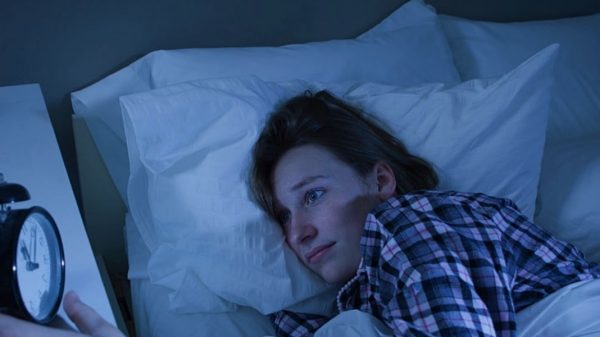Not a very common disorder heard by many, Shift Work Sleep Disorder or SWSD are usually encountered by people who have very complicated sleep cycles such as those who work graveyard shifts, early morning shifts, split and rotating shifts. Such nontraditional setups cause a person to have drowsiness, inability to acquire a “complete” sleep, and other symptoms that may eventually deteriorate a person’s quality of life.
What are the symptoms of SWSD?
Shift Work Sleep Disorder can be very dangerous given that it is mostly caused by a consistent sleep deprivation which may cause the person to have a deteriorated judgement in their daily activity such as having substandard quality of work or driving accidents given their attention is not at 100%. In terms of health, a person may have difficulty in their regular digestive functions or may develop heart ailments. Most older workers are at risk for higher levels of sleep deprivation with these symptoms:
- difficulty concentrating
- lack of energy
- depression or moodiness
- insomnia that prevents you from getting adequate sleep
- sleep that feels incomplete or not refreshing
- excessive sleepiness, both on and off the job
How to Manage Shift Work Sleep Disorder
Most employees who encounter this disorder are, for the most part, not in control of their work schedules as most of them are going to be either assigned or rotated depending on the need for the business. However, despite the inability to control the schedules, there are few things such employees can do in order to alleviate the symptoms that Shift Work Sleep Disorder may cause:
- Requesting or trying to maintain a regular sleep schedule during work days and days off.
- Create a dark environment by installing heavy shades or curtains in your bedroom.
- If possible, take naps
- After a series of shifts, request or ensure 48 hours off your work
- Minimizing your sun exposure by wearing sunglasses once you leave work to help prevent your “daytime” clock from activating.
- Limit caffeine intake for at least 3 hours before bedtime.
- Regularly include fruits and vegetables in your dietary plans.
- Refrain from long commutes if possible as it can cut your sleeping hours.
- Keep a reduced noise environment. You may ask your companion or family to help out by decreasing the volume of TVs, speakers or utilize headphones when listening to music.
- Avoid a long commute if you can. It can cut into your sleeping hours and cause further drowsiness.
- Keep nightly rituals before bed, even during the daytime.
- If it helps, use ASMR videos or whitenoise during sleep so as to drown all the environmental noise in the daytime.
- Take a 30- to 60-minute nap right before or in between your shift.
Treatments
As much as one would consider going through lifestyle changes, some will tend to feel that such activities are inadequate and may resort to other sleeping aids. Some workers with Shift Work Sleep Disorder consider taking Melatonin which is considered safe and improves the quality and satisfaction of their sleep. Some may also consider sedatives and hypnotics but these alternatives are to be used only sparingly and within short periods of time.
As much as possible, people with Shift Work Sleep Disorder are encouraged to naturally alleviate the situation by blocking out distractions such as checking your phones with bright screens right before going to bed. With the popularity of ASMR videos, this may help put the person from an irregular sleeping pattern as is given that most videos will have calming music/sound effects that will definitely help in getting the right amount and quality of sleep.
Living through the disorder
With certain trends in businesses that require the workforce to come in rotating, early-morning or graveyard shifts, it is very easy to find one’s self at the mercy of Shift Work Sleep Disorder. Despite the inability to change circumstances in the individual’s work schedule, having adjustments and changes in the person’s lifestyle and home set up may help alleviate the symptoms that deteriorate the quality of the person’s sleep and eventually, lives. With a very strong and consistent measure for prevention, would lead to a strong and consistent improvement in one’s sleep quality and cycle













